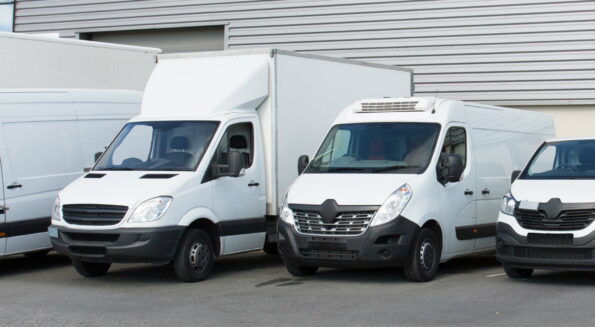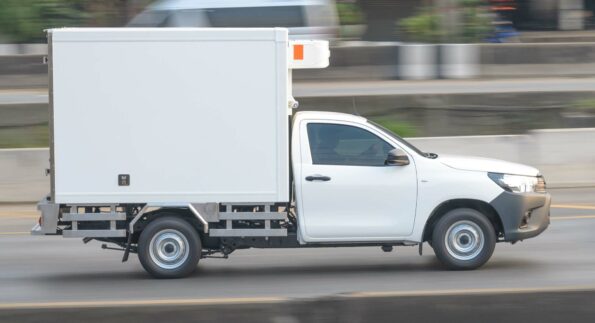It’s unbearably hot at certain times of the year, so if you’re planning on purchasing a refrigerated van or light truck, you need to get it right. Read on for tips on how to plan the ideal purchase.

Price
This is usually the first determining factor when purchasing. Of course, you can lease a vehicle, which makes for cheaper monthly payments, or you can purchase it which means you have more choice to modify it to your requirements. The price is affected by:
- The vehicle’s overall condition
- The number kilometres it has travelled
- The overall capacity of the chiller compartment
- How in-demand that particular model is
- The type of chiller it comes with (i.e. capacity, brand, features, etc)
- Whether the vehicle has a reputation for being reliable or not
- How good the insulation is
- Whether any access hatches are already installed
- The engine size.
It’s relatively easy to compare prices for similar models online.
Size and capacity
There’s a maximum legal width and length for the van but not every van will meet these maximum values. The van you buy must be able to fit at your workplace and be practical for the places you deliver – think about the overall height in relation to your access points.
Check with the manufacturer what the internal volume is, and the maximum weight of the load. A van that is too big will waste your money – it’s likely to be heavier and less fuel efficient.
Check that you have the right class of licence to drive the van.
Type
There are several types of fridge unit. Plate and frame units are common in smaller vans. Standard compressor units don’t need a fan or drain. Evaporator compressor systems require a fan to distribute air throughout the entire space. Check the specifications of the options against one another.

Fuel economy and energy efficiency
Cooling uses fuel, as does the motor. Think about the driving you do and whether it would be beneficial for you to have a more economical but less powerful motor, or vice versa, and also how much cooling power you need. Options include 12V or 24V. The van must be able to idle without affecting the interior temperature.
Cooling specification
Check that the specification supports the temperature and level of cooling that you require. If the unit can’t maintain the temperature then condensation will occur and that will encourage mould to grow. An evaporator system may be the best option to prevent this; these systems also tend to be better at keeping products frozen than compressor systems.
If you’re operating in NT or QLD where the humidity can be extreme, a compressor-style refrigeration unit may be better.
Refrigerated vans are better at maintaining a temperature rather than chilling goods down to a temperature. Consider how many times you might need to open the doors between loads. If you’re delivering lots of small loads and therefore will be opening the doors a lot, the chiller unit needs to be more powerful so that it can cool the new warm, humid air down.
The warmer it is outside, the better the insulation needs to be otherwise the chiller will be running at its maximum capacity to try to maintain the temperature, and this will cause premature wear as well as using more fuel.
Any cooling and lights should have easily accessible wiring to make servicing easier.
Features
These types of vans can often be very precisely specified to your requirements and may come with:
- Racks for optimal cargo stacking
- Shoring bars to prevent goods from moving around
- Logistics tracks for shoring bars, racks and straps
- Grocery hooks
- Dent-proof construction
- Interior lighting
- Dual temperature zones
